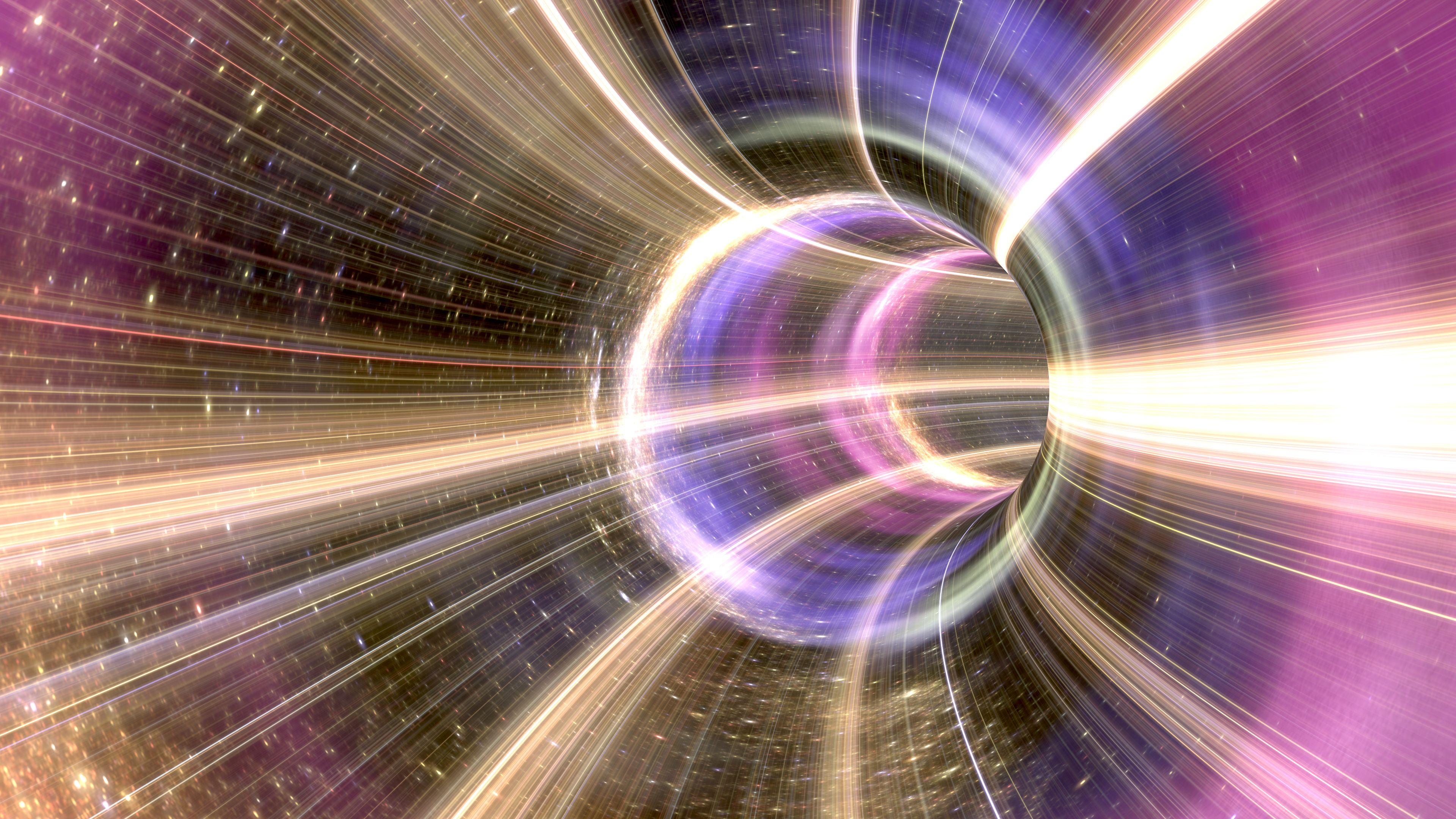Physicists Might Finally Be Able to Find Wormholes, Thanks to Their Light-Bending Ability

In new research, physicists have discovered a way to look for wormholes across the universe and, more importantly, distinguish them from black holes.
BY ROBERT LEA
PUBLISHED: MAR 28, 2023
When it comes to making predictions, Albert Einstein’s theory of general relativity is pretty much unbeatable, at least in physics. The theory says that objects of mass “warp” the very fabric of spacetime, and that this warp gives rise to the force of gravity. The theory also led to the suggestion of a multitude of phenomenons, events, and objects that astronomers and physicists would eventually discover in the cosmos. Yet one major cosmic object still hasn’t been found: a wormhole.
Unlike black holes, wormholes remain purely hypothetical. If they exist, they have remained undetected. But physicists have just discovered a promising new way to possibly find them.
Predicting the Existence of Wormholes
General relativity predicted black holes as objects of tremendous mass so densely packed they create a region of space with such intense gravity that not even light is fast enough to escape them, well before astronomers ever saw hints of such regions. General relativity also foresaw tiny ripples in spacetime created by accelerating objects of mass, which we now call “gravitational waves” and can detect with huge, highly sensitive laser interferometers.
The prognosticating power of Einstein’s crowning achievement further predicted that the warping of spacetime by objects of great mass would also bend light, sometimes magnifying it or even making distant single objects appear at multiple points in space. Astronomers now use this magnification of light, known as “gravitational lensing” or sometimes “microlensing,” to spot distant objects such as galaxies that existed in the early universe.
Solutions of the field equations of general relativity suggest that events similar to black holes could exist that form the entrances and exits of “tunnels” or “bridges” that could connect two distant regions of space.
More:
https://archive.ph/T5OyV#selection-509.0-517.218
Or:
https://www.popularmechanics.com/space/deep-space/a43426845/wormholes-magnify-more-light-than-black-holes/
